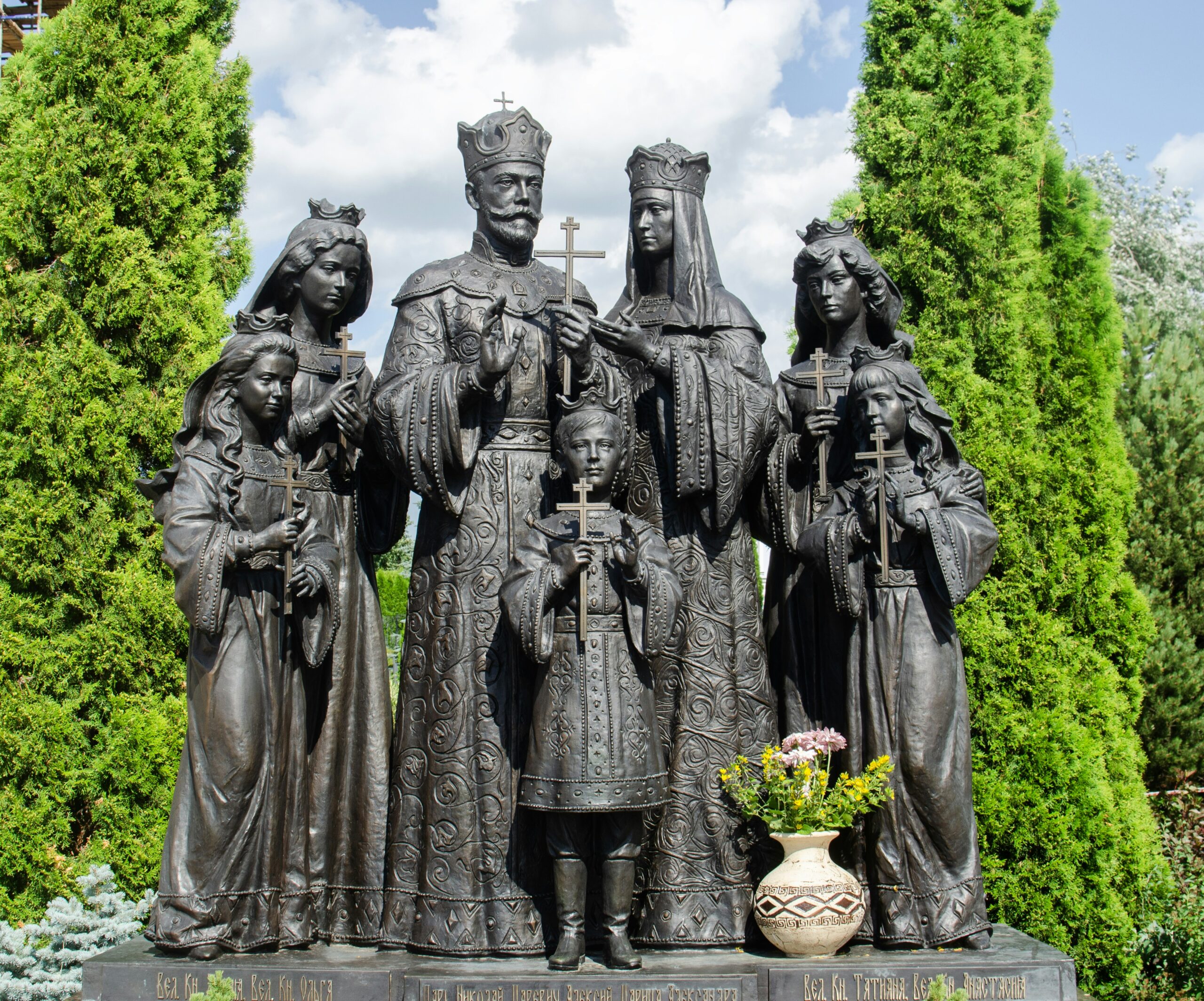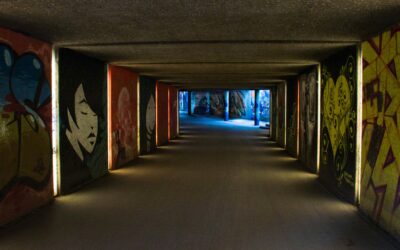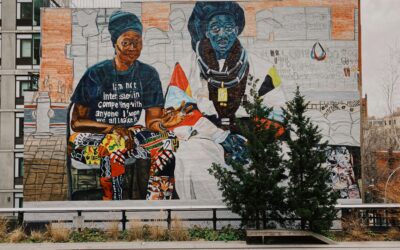Introduction
In the vast, cold landscapes of Russia, spirituality has long found its home not in outward flamboyance, but in silent intensity. The Russian Orthodox Church is known for its profound iconographic tradition—painted images revered as windows to the divine. Yet behind the glittering gold leaf and solemn faces lies another, quieter tradition: sculpture. While not as dominant as in Western churches, sculpture in Russian Orthodox art carries subtle but powerful symbolic weight, expressing devotion in wood, stone, and metal.
A Tension Between Form and Faith
Unlike Roman Catholicism, which embraces full-bodied sculptures of saints and biblical scenes, Russian Orthodoxy historically exhibits caution toward three-dimensional religious figures. This stems from theological concerns about idolatry and the strict doctrine of the icon as image, not object.
Thus, religious sculpture in the Orthodox context avoids full statuary. Instead, it manifests in low-relief carvings, architectural details, and liturgical objects—each rich with meaning but within doctrinal boundaries. The goal is not to represent God in material form, but to point the viewer beyond it.
Relief and Ornament: Symbolism in Subtlety
One of the most prominent uses of sculpture in Russian Orthodox art is found in iconostasis—the ornate screen that separates the nave from the sanctuary in churches. Carved in wood or cast in bronze, these panels often depict:
Floral motifs, representing the Garden of Eden or eternal life
Grapevines, symbolizing Christ and the Eucharist
Winged cherubim, guarding sacred thresholds
Crosses and domes, encoded with theological numerology
Each detail is layered with spiritual symbolism meant to elevate the worshipper’s mind during liturgy. These carvings are not mere decoration—they are theology in form.
The Human Figure in Orthodox Context
Although full human statues are rare, certain exceptions exist—especially outside liturgical settings. Monumental sculpture honoring saints, patriarchs, or martyrs often appears in public squares or monastery grounds. These works are not meant for veneration like icons, but for commemoration and inspiration.
These figures are often solemn, elongated, and minimally expressive—echoing the stillness and spiritual gravity of Orthodox art. Postures are upright, hands often folded or lifted in prayer, garments carved in flowing but restrained patterns. The frozen posture itself becomes symbolic: unchanging devotion amid the chaos of time.
Materials That Withstand Time
Russian Orthodox sculpture favors durable, sacred materials: stone, bronze, silver, and carved wood. These choices reflect a desire for eternity and incorruptibility, mirroring the theological concept of the immortal soul.
Gilding and enameled surfaces—common in chalices, gospel covers, and reliquaries—represent heavenly light and the transfigured state. These materials also tie sculpture to Byzantine heritage, grounding Russian Orthodoxy in a lineage that spans empires.
Contemporary Reverence and Revival
In the post-Soviet revival of Orthodox Christianity, there has been a renewed interest in sacred sculpture—not only in restoration but also in modern reinterpretation. Contemporary sculptors now create public monuments and church furnishings that harmonize traditional symbolism with present-day craftsmanship.
Even in today’s secular museums, ancient carvings and metalwork from Orthodox Russia are seen not only as art objects but as windows into a devotional mindset where every form, even restrained, carries eternal meaning.
Conclusion
The symbolic sculpture of Russian Orthodox tradition may be quiet, but it speaks volumes. It invites not spectacle but stillness, not realism but reverence. Whether in the carved panels of an iconostasis or the bronze memorial of a saint, these works embody frozen devotion—an aesthetic of spiritual depth, encoded in every curve, line, and surface.




